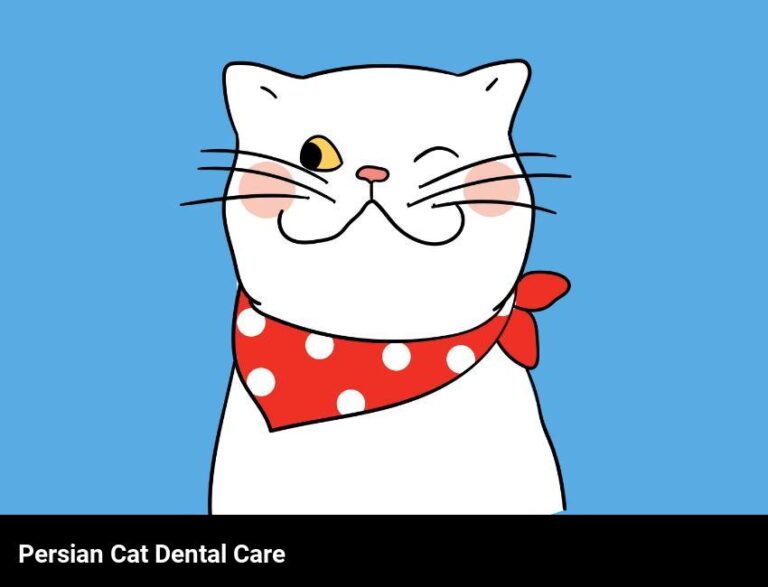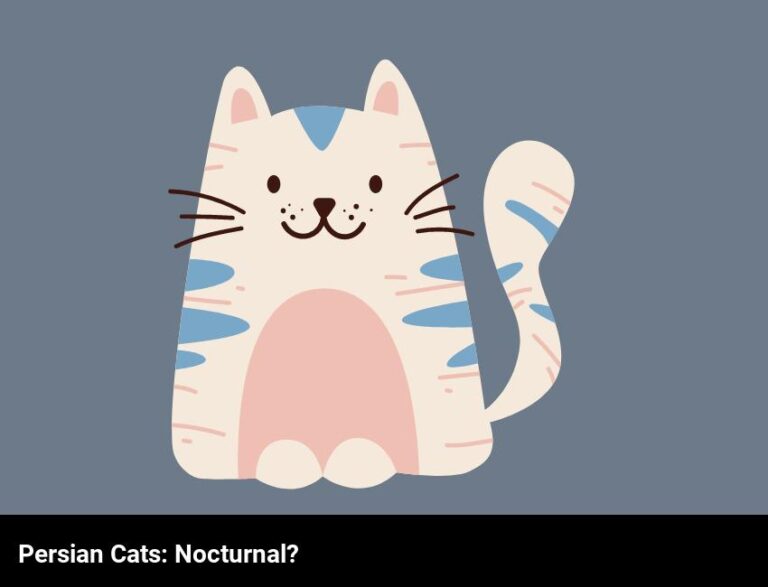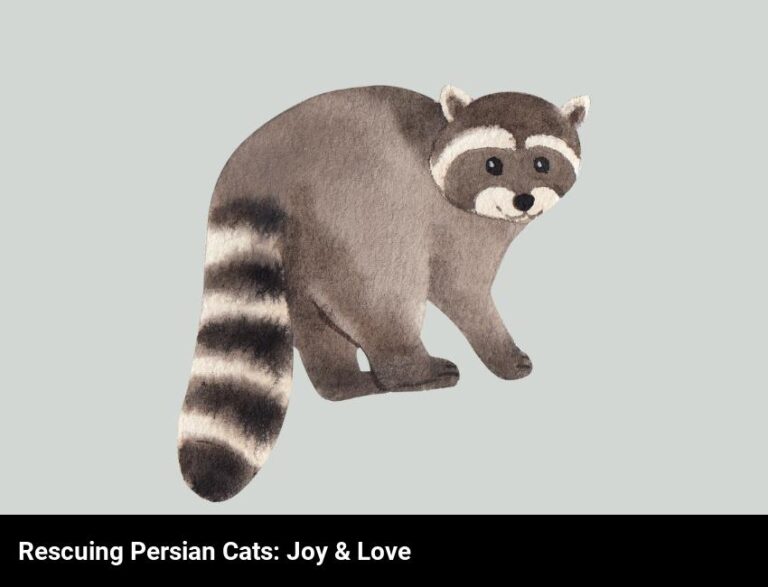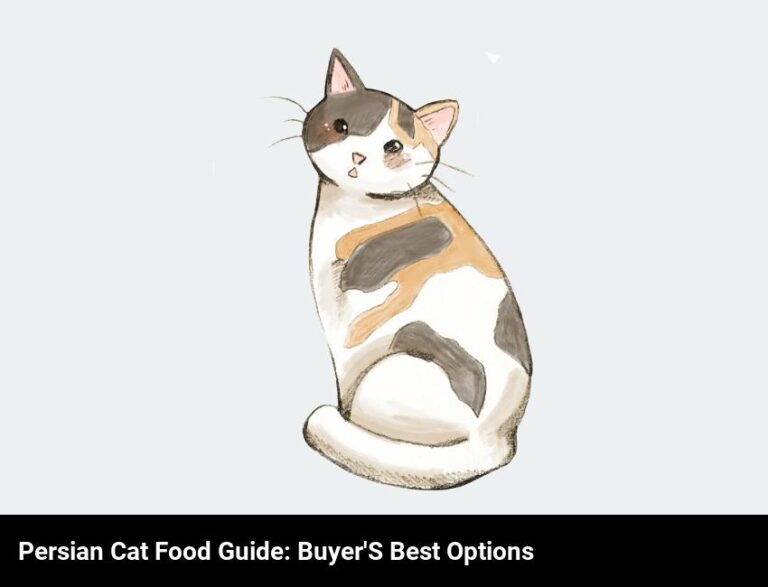Can Persian Cats Eat Wet Food? A Guide
Yes, Persian cats can eat wet food. Wet food can provide cats with extra moisture, which is important for their overall health. It also has higher protein content than dry food. Wet food should always be introduced to cats gradually and monitored to ensure that they are eating properly and not having any adverse reactions.
As a proud owner of a Persian cat, I can tell you that I always want the best for my beloved pet. I’ve done my research and asked around, and I recently discovered that wet food can be a great addition to the diet of a Persian cat.
My cat loves wet food and I can already tell it’s doing wonders for her. But I wanted to make sure that wet food is actually beneficial for Persian cats and not just a treat. So I decided to dive deeper and do my own research to find out exactly what wet food can do for my Persian cat.
Through my research, I’ve learned that wet food can have many benefits for Persian cats, such as increased hydration, better digestion, and a shinier coat. It can also provide essential amino acids, vitamins, and minerals. I’ve also learned that there are potential risks involved in feeding Persian cats wet food, like an increased risk of dental problems and digestive issues.
I’m now confident that wet food is a great choice for my Persian cat, but I want to make sure that I’m feeding her the right type of wet food and the right amount. With this blog, I’ll be exploring the kinds of wet food cats can eat, the benefits of wet food for Persian cats, how much wet food to feed your cat, the best types of wet food for Persian cats, and some tips for transitioning your cat to wet food.
What kinds of foods can persian cats eat?
When it comes to what kinds of wet food you can offer your Persian cats, the possibilities are endless! From tuna and salmon to cooked chicken and beef, your kitty is sure to find something they love. Plus, there are plenty of canned and pouched foods that are specially formulated for cats, so you don’t have to worry about whether or not it’s nutritionally balanced.
You can also give your Persian cats homemade wet food. It won’t have all the added preservatives, but it can still be a great option for providing your cats with plenty of flavor and nutrition. Just be sure to check with a vet to make sure it meets their dietary needs.
Finally, don’t forget about treats! You can offer your Persian cats treats that are specifically designed for cats, such as freeze-dried meat snacks, canned treats, and more. Just be sure to keep the treats to a minimum and not to overfeed your cats.
So, don’t be afraid to give your Persian cats wet food! It’s a great way to give them the extra moisture and nutrients they need, and it can also make it easier for them to digest their food. Plus, there are plenty of options to choose from, so you’re sure to find something your cats love.
What are the potential risks of feeding persian cats wet food?
Wet food may contain a higher fat content which can lead to obesity in cats, as well as other health issues such as pancreatitis. The high fat content can also contribute to skin allergies and urinary tract infections.
Another potential risk of feeding Persian cats wet food is the possibility of them developing an unhealthy dependency on it. Persian cats tend to be finicky eaters, so if they become too used to wet food, they may become picky about the food they eat, which can lead to poor nutrition.
It is also important to consider the nutritional value of wet food when deciding whether to feed it to your Persian cat. While wet food does contain more moisture than dry food, it may not provide enough essential nutrients for your cat. If your Persian cat is eating wet food as their main source of nutrition, it is important to supplement their diet with a multivitamin or other sources of vitamins and minerals.
Finally, it is important to keep in mind that wet food can spoil quickly, especially if it is left out. If your Persian cat eats spoiled wet food, it can lead to vomiting, diarrhea, and other digestive issues. It is important to store wet food properly and throw any food away that has been left out for more than two hours.
Overall, Persian cats can definitely eat wet food, however, it is important to be aware of the potential risks and take steps to ensure that your cat is getting the nutrition they need.
How much wet food should you feed your persian cat?
Of course! Persian cats can absolutely eat wet food and it can be a great way to give them the nutrition they need. But how much wet food should you feed your Persian cat? It generally depends on the age and size of your cat, but a good rule of thumb is about 2 to 4 ounces of wet food per day for an adult cat.
If your cat is a kitten, you may want to feed them a bit more, around 3 to 4 ounces per day. Keep in mind that kittens have higher energy needs, so you may need to feed them more often.
It’s also important to keep in mind that wet food is more calorie-dense than dry food, so if you’re feeding your cat wet food, you may need to feed them less of it than you would dry food.
When it comes to feeding your Persian cat wet food, it’s also important to be mindful of the ingredients. Look for wet food that’s made with high quality, natural ingredients and avoid any that contain artificial preservatives, flavors, and colors.
Finally, make sure you’re giving your Persian cat plenty of fresh water. Wet food has a higher moisture content than dry food, but it’s still important to make sure your cat has enough water.
What are the benefits of wet food for persian cats?
Wet food offers a range of benefits for Persian cats. Here are some of the reasons why wet food is a great choice:
- It’s highly palatable and a great source of hydration for cats, making it particularly beneficial for Persian cats who are prone to dehydration.
- It contains higher levels of proteins, vitamins, minerals, and other nutrients than dry food, providing a healthier and more complete diet for your cat.
- It has more moisture than dry food, which can help promote healthy digestion and keep your cat’s urinary tract healthy.
- Wet food also has a softer texture, making it easier to eat for cats with dental problems.
- It’s a great way to give your cat variety in their diet and make sure they’re getting all the nutrition they need.
Overall, wet food is a great choice for Persian cats, offering a range of benefits that can help them stay healthy and happy.
What are some tips for transitioning your persian cat to wet food?
Start with small amounts of wet food: If your Persian cat is not used to wet food, start slowly. Mix a few teaspoons of wet food with their regular kibble and gradually increase the amount. This will help them transition to wet food without overwhelming them.
- Choose a wet food with natural ingredients: Good quality wet food is made with natural ingredients that are highly digestible. Avoid food with artificial preservatives, flavors, and colors.
- Let your Persian cat explore the wet food: Place a few tablespoons of wet food near your Persian cat and let them explore it with their paws and nose. This will help them become familiar with the wet food and eventually eat it.
- Make the transition gradual: Don’t make the transition from dry food to wet food too sudden. Slowly transition your Persian cat to wet food over a period of time.
- Offer wet food in a bowl: Place the wet food in a bowl and offer it to your Persian cat. Let them take their time to eat it. If they don’t eat it, try offering it again in a few hours.
- Praise your cat: Whenever your Persian cat eats wet food, reward them with praise and affection. This will encourage them to eat wet food more often.
What are the best types of wet food for persian cats?
When it comes to choosing wet food for your Persian cat, the most important factor is quality. Look for wet foods that are specifically formulated for cats, as these will provide the essential nutrition and vitamins your cat needs.
For Persian cats, it’s also important to look for high-protein wet foods. These can help provide your cat with plenty of energy and help keep their coat looking shiny and healthy. Try to look for wet foods that are grain-free, as well as those with natural ingredients.
When it comes to flavors, you’ll want to look for wet food that your cat will actually enjoy eating. If your cat is a picky eater, you may have to do some trial and error in order to find foods they like. Some popular flavors among Persian cats include seafood, poultry, and lamb.
Finally, when it comes to wet food, it’s important to keep portion sizes in mind. Persian cats can tend to overeat, so it’s important to make sure you’re not overfeeding your furry friend.
Overall, wet food can be a great addition to your Persian cat’s diet. Just make sure you’re looking for high-quality, high-protein wet food with natural ingredients, as well as flavors your cat will enjoy.
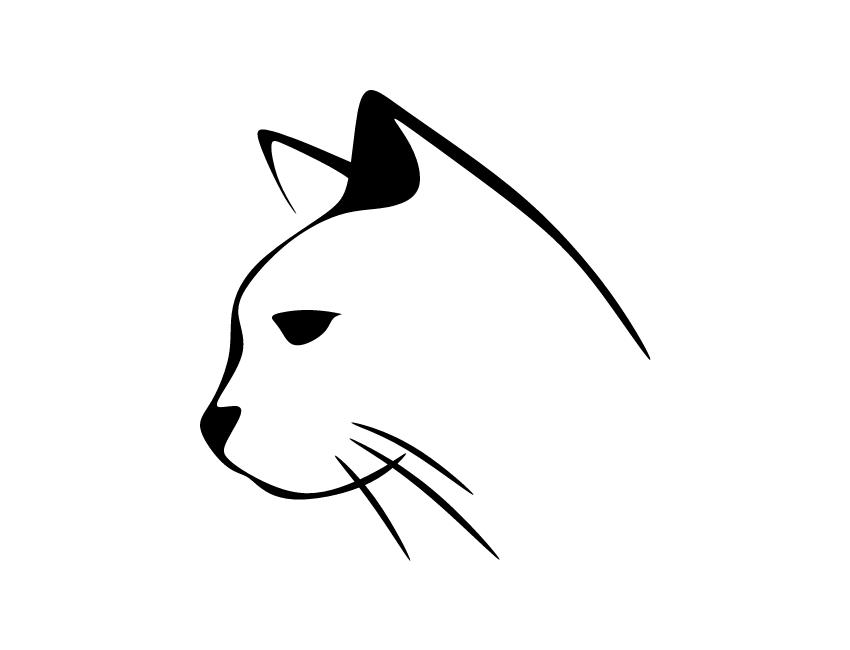
Frequently Asked Questions
What kind of wet food can persian cats enjoy?
Persian cats can enjoy a variety of wet foods, such as canned tuna, beef, chicken, and turkey. You can also try mixing different kinds of wet food together for a delicious, nutritious meal. Always be sure to check the ingredients list and avoid foods with added sugar and preservatives.
How can wet food help persian cats stay healthy?
Wet food can help Persian cats stay healthy by providing them with essential nutrients such as proteins, fats, and carbohydrates. It also satisfies their requirement for moisture and encourages them to drink more water, which helps keep their urinary tract healthy. Wet food can also help cats maintain a healthy weight, as it’s lower in calories and has more fiber than dry food.
What are the best ways to feed wet food to persian cats?
Feeding your Persian cat wet food can be a great way to ensure they get the nutrients they need. To do this effectively, start by getting a high-quality wet food specifically formulated for cats. Let your cat sample a few flavors to find one they like. Gradually transition your cat from dry to wet food by mixing the two together. Serve wet food in small portions twice a day to keep your cat full and healthy. And always make sure your cat has access to fresh water.
What kinds of wet food should be avoided when feeding persian cats?
When feeding Persian cats wet food, it is best to avoid those with too many added flavors, artificial preservatives, or fillers. Stick to a high-quality wet food that is rich in proteins and healthy fats, with minimal additives. It’s also important to make sure the wet food is specifically formulated for cats, as opposed to a food meant for dogs.



